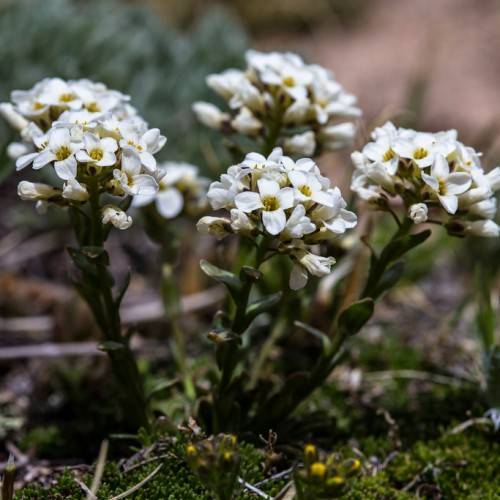
Low Northern Braya
Braya humilis
Also Known As - Alpine Northern RockcressWatering:
Frequent
Hardiness Zone:
Sun:
full sun,part shade
Leaf:
Yes
Growth Rate:
Low
Drought Tolerant:
Yes
Salt Tolerant:
Yes
Care Level:
Moderate
watering
Smooth Rockcress should be watered every week or 2. During the active growing season, in spring and summer, it should be watered deeply but infrequently to prevent soil from becoming waterlogged. Aim to soak the soil to a depth of 6 inches so that the water penetrates to the roots. In fall and winter, water less frequently, only when the top layer of soil feels dry. During these cooler months, it may not be necessary to water at all.
sunlight
Smooth Rockcress (Braya glabella subsp. glabella) is an erect perennial plant that primarily grows in the Arctic and the alpine tundra zone of northern North America. This species thrives best in full sunlight and needs at least 6-8 hours of direct sunlight per day. Generally speaking, the more sunlight it receives, the better it will perform. However, if the plant gets too much direct sunshine, it can cause sunburn and leaf scorch. Therefore, it is important to provide shade during the hottest parts of the day during its growing season in the summer months. Ambient temperatures should also be kept cool to maximize its growth.
pruning
Smooth Rockcress (Braya glabella subsp. glabella) should be pruned in late spring after flowering has finished. Pruning should remove any dormant stems and encourage new foliage growth. The plant's stems and any dead or damaged blossoms should be snipped off. Pruning should be done lightly, removing no more than 1-third of the plant's growth at 1 time. Doing too much pruning at once can be damaging to the plant. Pruning Smooth Rockcress will not only encourage new growth, but can also help keep it in shape.
